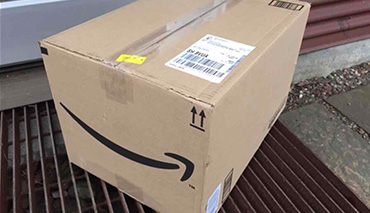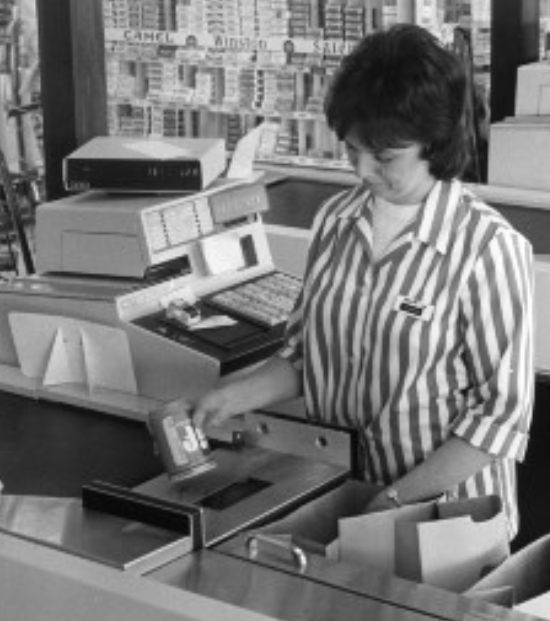Blog
I’ve been thinking...

Each day, the sisters at St Philip’s filled the apple bowl at the front of the lunch line with exactly 52 apples—one for each student. When sister Mary Grace learned that three students were not getting their apple-a-day because three rascals were consistently copping two instead of one, she penned a piece of her mind on a piece of paper and placed it next to the bowl. “TAKE ONLY ONE APPLE! AND REMEMBER, GOD IS WATCHING.” During cleanup, the nuns celebrated a victory. Every student got his apple. Only to find another note next to the empty desert tray, on which one of the boys had written, “Take as many cookies as you want. God’s watching the apples.”
Sterility or Accuracy?
If, as a nurse, you were going to administer an IV, or as a patient, one was being hung to drip into your veins, which would you prefer: That its contents be sterile or that its ingredients be accurate (i.e., containing the correct volumes of the right drugs and diluents)? Of course, it’s a nonsensical question. Neither sterility nor accuracy is less important than the other.
Unarguably, the safest IV medications are those arriving at bedsides unaltered in ready-to-administer (RTA) formulations, having been produced by manufacturers under FDA Current Good Manufacturing Practices (cGMP).
However, due to limited RTA products, not to mention the ever-present and increasing need for personalized dosing, and a steady flow of new drugs coming to market, hospitals must prepare the majority of their IVs in-house. Pharmacy compounding processes must ensure that sterility is maintained, and accuracy is achieved—that each dose contains the correct volumes of the right ingredients (i.e., The drug. The whole drug. And nothing but the drug. So help us God).
USP Chapqter <797>
I laud the positive impact USP Chapter <797> has had and will increasingly have on ensuring that sterility is maintained during the IV preparation process in hospitals. However, while <797>’s preamble states that the chapter includes “requirements that must be followed to minimize harm, including death, which could result from…variability from the intended strength of the correct ingredients,” the chapter does not yet deliver on this promise. So, I am earnestly asking USP to give the same attention to cookies as they have to apples—to accuracy as they have to sterility.
Furthermore, I’m suggesting that just as achieving sterility requires employing certain technologies (air purification and pressure systems, for starters), achieving accuracy requires employing IV workflow management technologies which have yet to be articulated and required by USP.
Addressing IV Inaccuracy
The seminal observational study [1] on IV preparation practices, conducted in 1997, found that nearly one of ten sterile IV preparations may involve errors (the leading culprits being wrong ingredients and/or volumes). None of the errors, to my knowledge, involved compromised sterility.
Don’t be fooled into assuming the dating on this study makes it ‘beyond use.’ Roughly three-fourths of hospitals prepare IVs the same way they did two decades ago—sans workflow technology.
It would be their ruin if Amazon fulfilled one in ten orders incorrectly or if Delta lost one of every ten bags checked. Fact is, Amazon error rate is south of 00.1 percent and and Delta’s lost bag rate is below 00.2 percent. And still, both companies are chasing more zeros, even though shipping a paperback instead of a hardcover would not endanger a customer. Nor would misplacing a suitcase likely jeopardize a passenger’s life.
Enter THRIV, a coalition of healthcare providers and consumers endeavoring to protect patients from being harmed and caregivers from unwittingly doing harm, which too often stems from IV preparation errors.
THRIV exists to champion voluntarily, universal adoption and faithful utilization of IV workflow management systems (IV-WMS) in health-system pharmacies. Systems that are proven to increase IV accuracy—preventing errors, avoiding injuries, saving lives, improving quality of care. THRIV also endeavors to persuade regulatory and accrediting bodies to move these invaluable tools from the “should do” column to “shall do.”
Similar to order-fulfillment technologies employed by Amazon and luggage-management systems utilized by Delta, IV-WMS systems have proven effective in detecting and intercepting errors that humans unwittingly commit and fail to catch, making it harder for compounding personnel to get things wrong and easier to get them right.
THRIV Coalition Champions are motivated by each patient, nurse, pharmacist, technician, and anyone else involved in preparing, approving, hanging, or receiving IVs. We are committed to seeing that each compounded product is just what the doctor ordered.
If you, too, are an advocate for IV accuracy, we hope you will become and activist with us. That you will consider being numbered among THRIV’s Champions? Learn more about THRIV here.
What do you think?

Mark Neuenschwander
[1] Flynn, Pearson, and Barker. “Observational study of accuracy in compounding i.v. admixtures at five hospitals.” Am J Health-Syst Pharm. May 1, 1997; 54(8): 904-912.
Blog
I’ve been thinking...
Be a THRIV Champion
Together we can increase IV accuracy and prevent harm, including death, by promoting the universal adoption + faithful utilization of workflow management safety systems.


